Tag: The Knudepunkt 2015 Companion Book
-
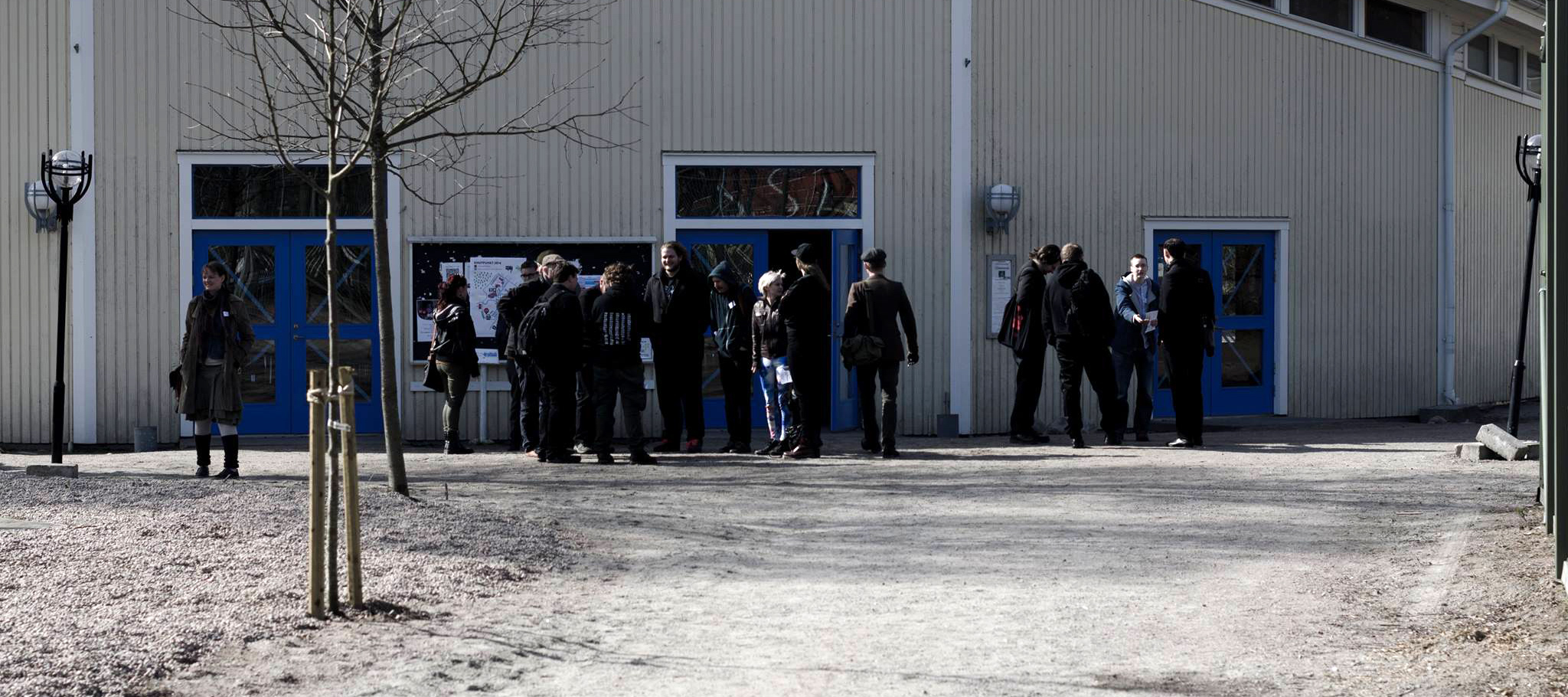
There Is No Nordic Larp – And Yet We All Know What It Means
in
Disclaimer: The opinions expressed herein are those of the authors and do not necessarily reflect the official policy or position of Nordiclarp.org or any larp community at large. “Nordic larp is like porn. I know it when I see it.”((Adaptation of a quote by United States Supreme Court Justice Potter Stewart (1964) )) Ten years
-

Workshop Practice, in Practice – A Functional Workshop Structure Method
in
The pre-game workshop tradition in Nordic larp is mostly oral, with little written material. People take part in workshops as players, then borrow and develop ideas from those experiences to construct workshops for their own larps. So I thought it might be useful to put together a method which looks at some of the different…
-

The Golden Cobra Challenge: Amateur-Friendly Pervasive Freeform Design
Once upon a time – actually, at GenCon 2014 in Indianapolis, USA – several of us discovered a design problem for live freeform games. For the last five years, the independent role-playing game scene here in North America has run an expanding series of crowdsourced events under the banner of Games on Demand. Players show…
-

The Blockbuster Formula – Brute Force Design in The Monitor Celestra and College of Wizardry
in
2013 and 2014 may be remembered as the conception of the Nordic blockbuster larp. Two ambitious larps – The Monitor Celestra in Sweden and College of Wizardry in Poland – succeeded in attracting an unprecedented level of international attention from media and players. They did so, in part, by advertising their inspiration from established fictional…
-
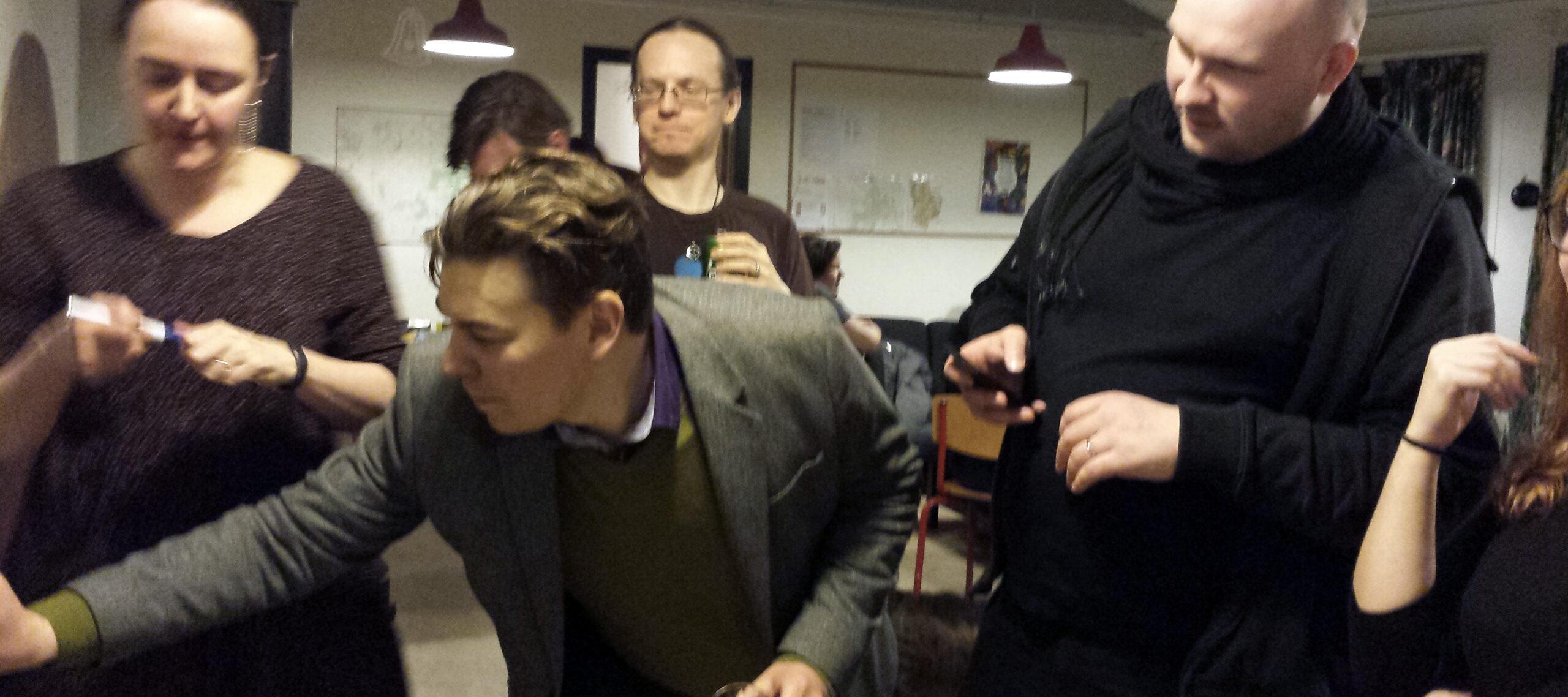
The Art of Steering – Bringing the Player and the Character Back Together
in
The rhetorics of Nordic larp often imply that role-players play in an intuitive fashion guided by the character, rarely or never contemplating their actions during the game. In reality, however, we are often keenly aware of what we are doing as our characters and why. This paper explores the practice of making in-character decisions based
-
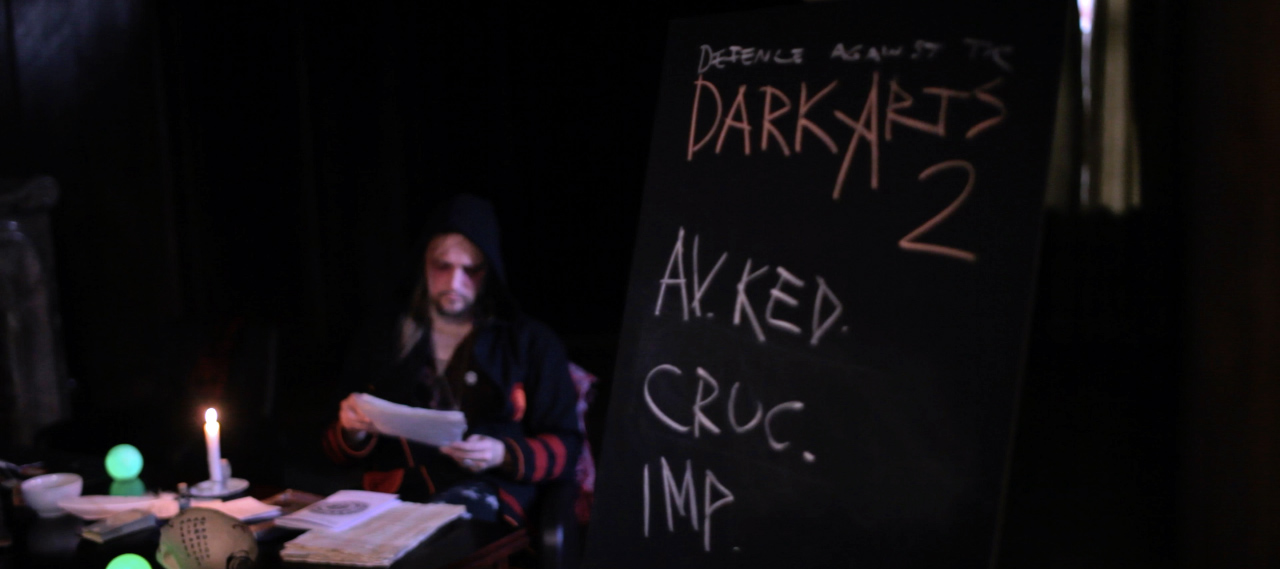
Steering for Immersion in Five Nordic Larps – A New Understanding of Eläytyminen
in
The concept of character immersion has been a cornerstone of Nordic larp discussion for fifteen years. I was surprised by how much the concept of steering introduced last year brought to my understanding of character immersion (“eläytyminen”). In this essay I look at five specific experiences with steering towards immersion, some successful, some not. More
-
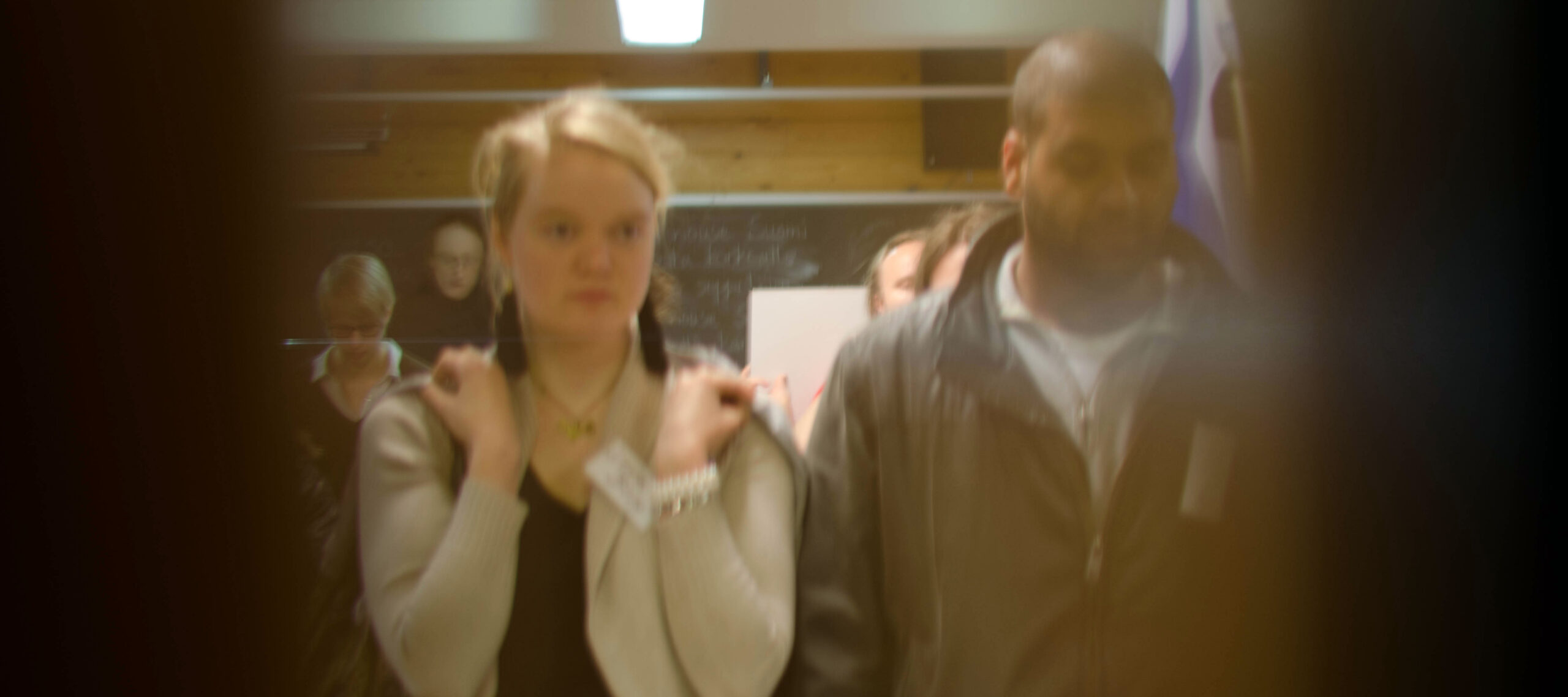
Processing Political Larps – Framing Larp Experiences with Strong Agendas
in
Thanks to it I turned my communist friend into a patriot. And I realized who I really am. This is how a respondent, according to Mochocki (2012), described the Polish tabletop role-playing game Dzikie Pola (“Wild Planes”) in an online survey. The game was set in a period of Polish history dating to 1569 –
-
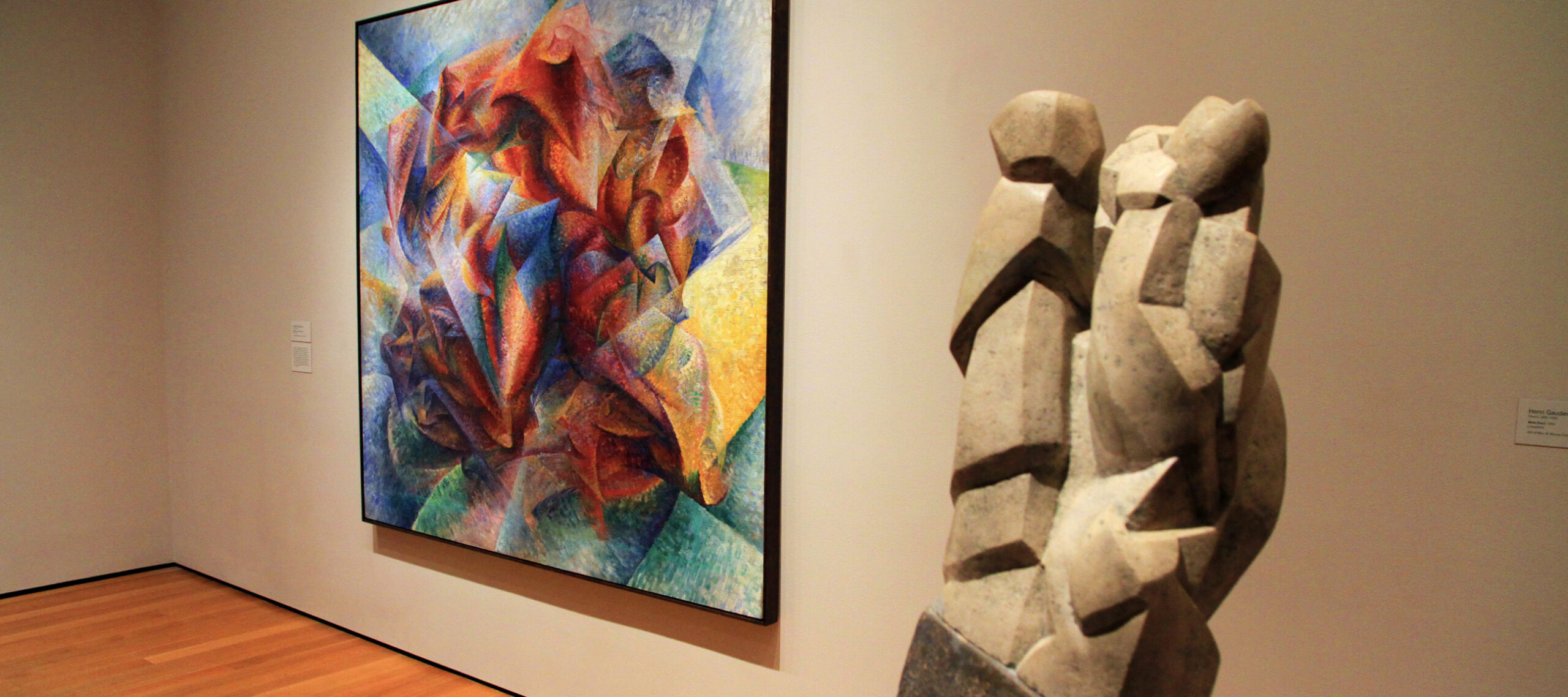
Painting Larp – Using Art Terms for Clarity
in
When I design scenarios, I try to use the terminology from the Nordic larp discourse. But many of thes styles “available” confuse me and my players instead of clarifying what the larps are actually about. One of the problems is that many styles are defined by what they are not, instead of what they are.
-

On Publicity and Privacy – or: How Do You Do Your Documentation?
In 2014, I conducted a survey about attitudes towards photography and video in larp. I got nearly 500 responses from many different countries, and while I would love to publish the full results here, they’re a bit long for the scope of this KP book. The numbers are available at ars-amandi.se instead, and they’re really
-
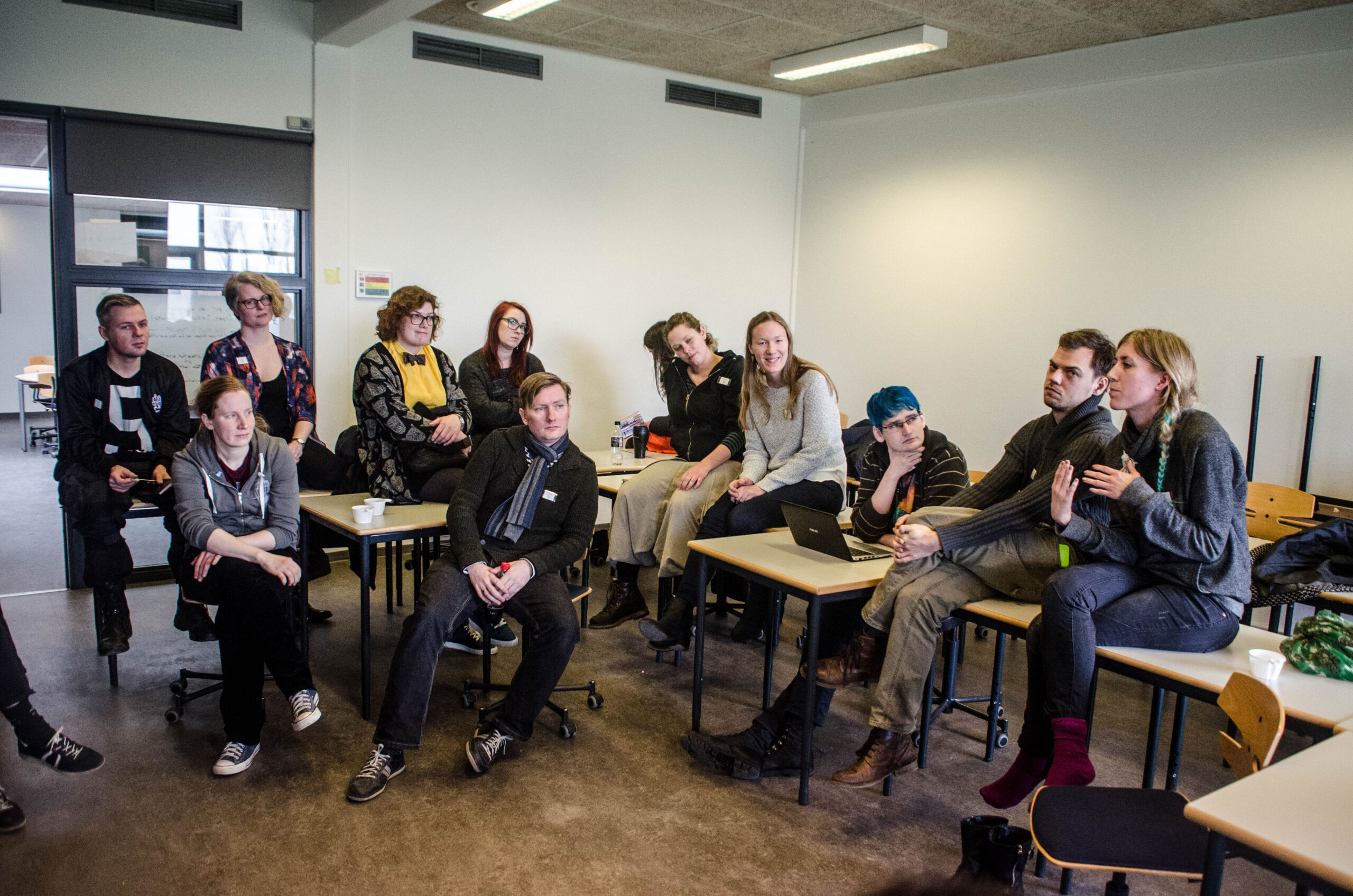
Now That We’ve Walked the Walk – Some New Additions to the Larp Vocabulary
in
Larp is traditionally participatory in nature. Fortunately, there’s been a great introspective and analytical tradition accompanying the continuing push against the ever moving boundaries of what’s possible and what’s been attempted. Yet it seems that our vocabulary has not grown at the same rate as the art form itself. This article will attempt to cover